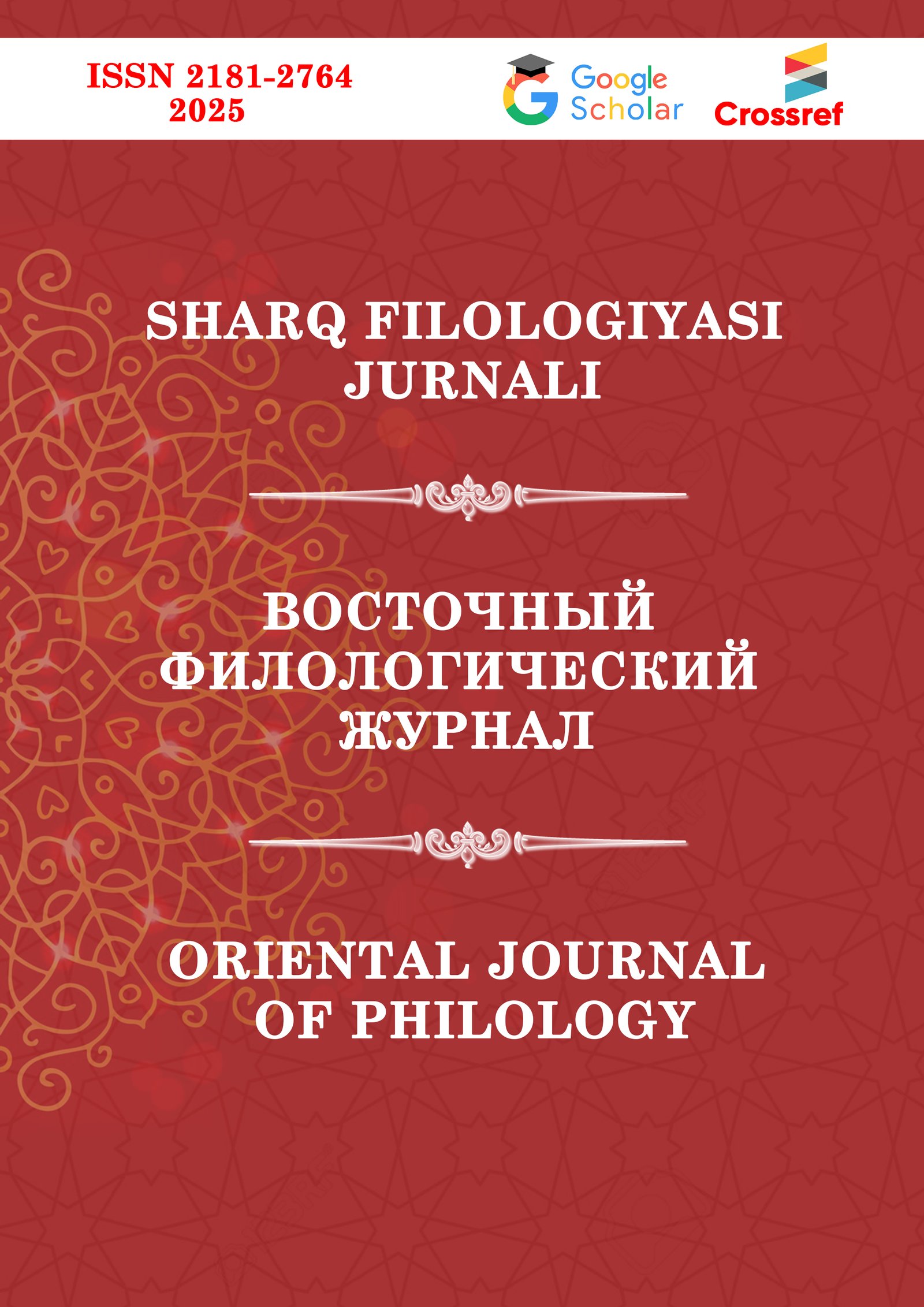 Articles
| Open Access |
DOI:
https://doi.org/10.37547/supsci-ojp-05-03-38
Articles
| Open Access |
DOI:
https://doi.org/10.37547/supsci-ojp-05-03-38
A COMPARATIVE STUDY OF THE TERMS «TOURISM» (SIYĀḤA) AND «VISITATION» (ZIYĀRA) WITHIN THE FIELD OF TOURISM (in the context of arabic, persian, and uzbek languages)
Shavkatjon R. Alamov ,Abstract
This study examines the phonological, morphological, and semantic evolution of the terms tourism and visit in Arabic, Persian, and Uzbek. In Arabic, «siyāḥa» retains the phoneme «ḥ» and signifies travel, while «ziyāra» is associated with pilgrimage and carries religious connotations. In Persian, these borrowed terms undergo phonetic changes, with «ḥ» shifting to «h» and «tā-marbūṭa» being replaced by «t», leading to semantic modifications. In Uzbek, influenced by Turkic phonetics, «yy» transforms into yyo, «ḥ» is realized as «h», and the construction «ziyorat qilmoq» acquires a stable meaning of «performing a pilgrimage» or «paying a respectful visit». These linguistic processes, shaped by Islamic cultural influence and the historical role of the Silk Road, highlight the phonological stability of Arabic, the semantic broadening in Persian, and the adaptive nature of Uzbek.
Keywords
tourists, visit, language, phonology, semantics, interlingual influence.
References
Alamov, S. (2024, November). Etymology and Comparative Analysis of the Terms "Ziyorat" and "Sayohat". Ziyorat va sayohat atamalarining etimologiyasi va qiyosiy tahlili. In Conference Proceedings: Fostering Your Research Spirit (pp.200-202). DOI: https://doi.org/10.2024/fwga3v14 (in Uzbek)
Alamov, S. (2022). Persian Loanwords in the Arabic Language. Arab tilidagi forscha iqtiboslar. Oriental renaissance: Innovative, educational, natural and social sciences, 2(3), 390-395. (in Uzbek)
Alamov, Sh. (2022). Characteristics of Arabic Words with Persian Roots. Forscha ildizli arabcha so‘zlarning xususiyatlari. Oriental renaissance: Innovative, educational, natural and social sciences, 2(6), –472-476. (in Uzbek)
Brockelmann, C. (1928). Lexicon Syriacum. – Germany: Reuther & Reichard. – 874 p. (in Latin and Syriac)
Comrie, B. (1981). The Languages of the Soviet Union. – UK: Cambridge University Press. – 344 p. (in English)
Davidson, L. (2012). Pilgrimage and Tourism. – UK: Routledge. – 224 p. (in English)
Eshnazarov, S. (2025). Ekonomicheskoye i diplomaticheskoye znacheniye arabskogo yazyka v Uzbekistane: spros na kvalifitsirovannykh perevodchikov. Zarubezhnaya lingvistika i lingvodidaktika, 3(1), 371–379. https://doi.org/10.47689/2181-3701-vol3-iss1-pp371-379 (in Uzbek)
Ibn Manzur (2016) Tongue of Arabs. Lisān al-‘Arab. –Miṣr: Dār al-Ma‘ārif. –5006 p. (in Arabic)
Meng, F. (2008). Tourism Linguistics. – Germany: Peter Lang. – 250 p. (in English)
Murtazoev, V. (2024). Linguostylistic analysis of newspaper texts of Uzbekistan and Egypt in the late 19th – early 20th centuries. Lingvostilisticheskiy analiz tekstov gazet Uzbekistana i Egipta kontsa XIX – nachala XX veka. Zarubezhnaya lingvistika i lingvodidaktika, 2(5/S), 465-471. DOI: https://doi.org/10.47689/2181-3701-vol2-iss5/S-pp465-471 (in Uzbek)
Murtada al-Zabidi (2006) The Bride's Crown from the Pearls of al-Qāmūs. Taj Al-ʿArus min Jawahir Al-Qamus. – Kuwait: Ṭab‘a al-Kuwayt. – 21801 p. (in Arabic)
Chorshanbiyevich, Qurbonov Bobur. "On the translation of Persian complements." Multidisciplinary Journal of Science and Technology 4.6 (2024): 266-269. Forscha komplimentlarning tarjimasi xususida (in Uzbek)
Rahmatovich, A. S. (2024). Terminology of Pilgrimage Tourism and Issues of Their Translation. ZIYORAT TURIZMI ATAMALARI VA ULARNING TARJIMA MASALALARI. O‘zbekiston davlat jahon tillari universiteti konferensiyalari, 277-283. https://doi.org/10.5281/zenodo.14543451 (in Uzbek)
Windfuhr, G. (2009). The Iranian Languages. – USA: Routledge. – 960 p. (in English)
Article Statistics
Downloads
Copyright License
Copyright (c) 2025 Shavkatjon R. Alamov

This work is licensed under a Creative Commons Attribution 4.0 International License.

